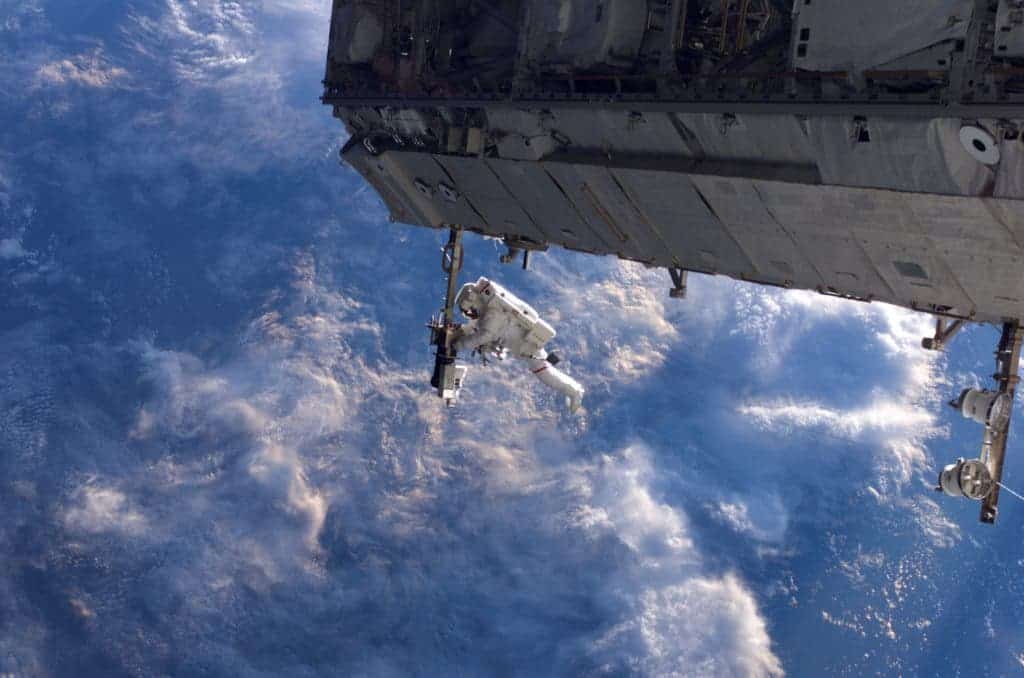
Much of NASA’s technology has made its way into the homes of citizens, improving day-to-day life. These sort of products have come to be known as NASA spinoffs.
One of the more widely technologies originally devised thanks to NASA is the digital image sensor. The invention of the image sensor has greatly advanced the digital imaging capabilities of smartphone cameras, digital cameras, and high-definition video equipment. These devices have created all sorts of secondary markets for auxiliary products such as sturdy phone cases, lenses, bags, and stabilizers. This explosion of image capture and image sharing over the last 25 years or so is owed almost entirely to the tech brought to us by NASA.
Memory foam was also derived from research performed by NASA. Originally called temper foam, memory foam is now commonly used as a component in mattresses. NASA researchers had set out to develop a product that would provide extra protection against the huge g-forces on takeoff and reentry and more comfortable seating for the jet airline industry.
The advanced technology of freeze-dried foods can also be attributed to NASA research. Scientists were faced with the challenge of supplying food for journeys in space. As the length of the mission began to increase, a new form of technology was needed to keep the food fresh for extended periods of time. Additionally, there were other concerns regarding nutrition for the astronauts and limited storage space in the aircraft. The technological advancements that explored the uses for freeze-dried foods have since been widely used in the food industry.
A hearing-impaired engineer at NASA’s Kennedy Space Center was in some ways the impetus for cochlear implants. His research has made a marked advancement in the technology used in hearing aids. The Space Shuttle research program involved vigorous research into the study of electronic sound and vibration sensor systems. NASA developed an implant that utilizes electric impulses instead of sound amplification, which was previously used by hearing aid manufacturers.
The fabric used for Speedo swimsuits also came about as a spinoff from NASA. Experiments at the space agency’s Langley Research Center were largely responsible for the development of the fabric material used for the brand’s LZR full body racer swimwear. It was found that this type of material cut down on drag and increased the speed of a swimmer.
According to NASA, there are at least 2,000 spinoffs in existence. They have greatly impacted numerous industries in the private and public sectors. These include technological advances encompassing computers and computer software, environmental practices, agriculture, and the healthcare industry. NASA spinoffs are also widely used in the fields of public safety, recreational activities, and transportation.
NASA has an interactive website feature known as NASA @ Home and City. It contains a list of many of the everyday products and their origins that are NASA spinoffs.






